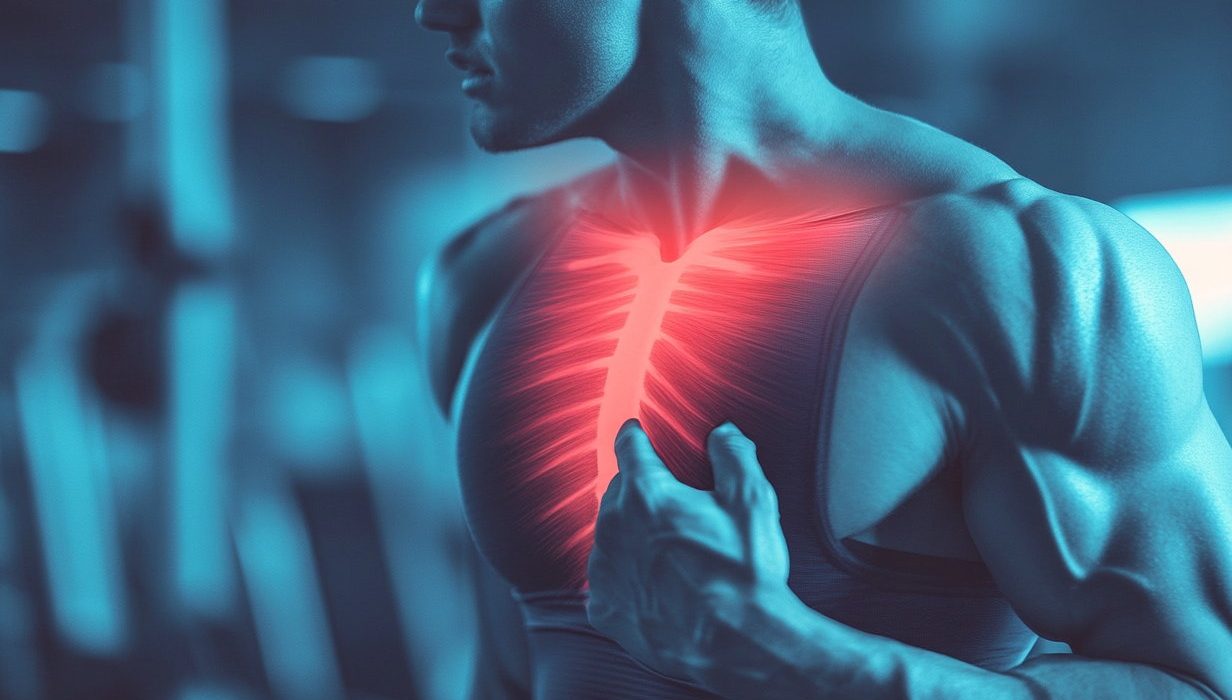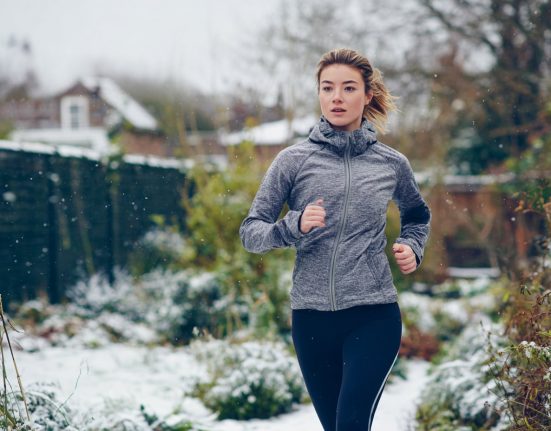How to prevent winter heart attack at the gym: Follow these 5 steps to keep your heart safe from clogged arteries during the colder months.
Winter mornings bring a chill that can be invigorating but also risky for those engaging in high-intensity workouts at the gym. Cold weather is a well-documented trigger for cardiovascular events, including heart attacks, due to increased strain on the heart. Understanding the risks and taking precautions during winter morning gym sessions is essential for maintaining heart health while staying fit.
Why Are Heart Attacks More Common in Winter?
Cold weather causes blood vessels to constrict, increasing blood pressure and making the heart work harder to pump blood. This added strain can exacerbate underlying heart conditions or trigger cardiac events in individuals with no prior symptoms. Furthermore, morning hours are naturally associated with increased cardiovascular risk due to elevated levels of stress hormones like cortisol, which can contribute to heart strain.
When these factors combine with intense physical activity, such as gym workouts, the risk of a heart attack can escalate. Recognizing this danger and taking steps to mitigate it is key to staying safe.
Top 5 Winter Heart Attack Prevention Tips
The morning presents unique hazards for heart attacks due to changes our bodies undergo. Blood pressure is generally higher during this time, and cooler temperatures can cause blood vessels to narrow. Additionally, many people wake up dehydrated after a night’s sleep, putting extra strain on the heart. Therefore, it’s crucial to take necessary precautions when exercising in the morning during winter. Here is a list of the top 5 things that you need to keep in mind to prevent winter heart attacks at the gym:
Warm Up Properly
Warming up is especially important when it’s cold outside. A good warm-up boosts blood flow to the muscles and elevates body temperature, minimizing injuries and heart strain. Take at least 10-15 minutes for dynamic stretches and light cardio to get ready for more intense exercises. This is essential in colder conditions since your muscles can easily stiffen.
Stay Hydrated
People often neglect hydration in the winter months, where the dry air can trick you into feeling less thirsty. However, being dehydrated can place additional strain on your heart during workouts. Make it a practice to drink water before, during, and after your exercise sessions. Aim to drink at least 8 ounces before you start and keep a water bottle within reach to sip from throughout your workout.
Dress Appropriately for the Temperature
Wearing the right clothes can greatly enhance your comfort and effectiveness during winter workouts. Layering is key: begin with moisture-wicking fabrics to pull sweat away from your skin, then add an insulating layer, and finish with a windproof outer layer. This technique helps maintain your body temperature and shields you from the cold, lowering the chance of respiratory issues and heart strain.
Avoid Overexertion
Pushing your limits during a workout might seem like a good idea for fitness gains, but in winter, it can put undue stress on your heart. High-intensity workouts in the morning can amplify the natural cardiovascular strain caused by cold temperatures.
Listen to your body and maintain a steady pace. If you feel shortness of breath, chest discomfort, or unusual fatigue, stop immediately and rest. It’s better to opt for moderate-intensity workouts that are consistent rather than risking overexertion.
Listen to Your Body
Paying attention to your body is vital in preventing heart attacks during winter workouts. Make note of any signs of discomfort, like chest pain, shortness of breath, or extreme tiredness. If you feel any of these symptoms, stop exercising right away and seek medical help if needed. Being mindful of your body’s signals can help you steer clear of danger and have a safer workout.
Winter Heart Attacks At Gym: Signs to Watch For
Being aware of warning signs of an impending heart attack can save lives. If you experience any of the following symptoms during or after a workout, stop exercising and seek medical attention immediately:
- Chest pain or tightness
- Dizziness or lightheadedness
- Shortness of breath
- Cold sweats
- Unusual fatigue
- Nausea or vomiting
These symptoms may indicate a heart attack or other cardiovascular issues. Prompt action is crucial in preventing severe outcomes.
Taking Care of Your Heart During Winter Mornings
Winter gym workouts can be invigorating and beneficial, but they also come with heightened cardiovascular risks, especially in the cold morning hours. By taking precautions like warming up, dressing appropriately, avoiding overexertion, staying hydrated, and timing your workout wisely, you can protect your heart while staying fit.
Staying vigilant about your health, recognizing warning signs, and adopting preventive measures will help you navigate the winter months safely while keeping your fitness goals on track.









